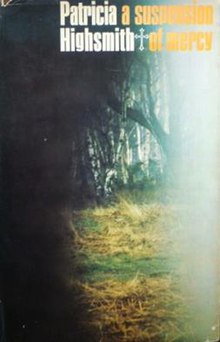
Patricia Highsmith was an American novelist and short story writer widely known for her psychological thrillers, including her series of five novels featuring the character Tom Ripley. She wrote 22 novels and numerous short stories throughout her career spanning nearly five decades, and her work has led to more than two dozen film adaptations. Her writing derived influence from existentialist literature, and questioned notions of identity and popular morality. She was dubbed "the poet of apprehension" by novelist Graham Greene.

Tom Ripley is a fictional character in the Ripley series of crime novels by American novelist Patricia Highsmith, as well as several film adaptations. He is a career criminal, con artist, and serial killer who always gets away with his crimes. The five novels in which he appears—The Talented Mr. Ripley, Ripley Under Ground, Ripley's Game, The Boy Who Followed Ripley, and Ripley Under Water—were published between 1955 and 1991. In every novel, he comes perilously close to getting caught or killed, but ultimately escapes danger.
Sanditon (1817) is an unfinished novel by the English writer Jane Austen. In January 1817, Austen began work on a new novel she called The Brothers, later titled Sanditon, and completed eleven chapters before stopping work in mid-March 1817, probably because of illness. R.W. Chapman first published a full transcription of the novel in 1925 under the name Fragment of a Novel.
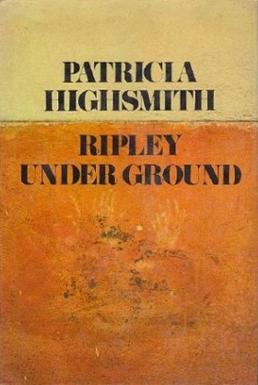
Ripley Under Ground is a psychological thriller by Patricia Highsmith, the second novel in her Ripliad series. It was published in June 1970.

This Sweet Sickness (1960) is a psychological thriller novel by Patricia Highsmith, about a man who is obsessed with a woman who has rejected his advances. It is a "painful novel about obsessive imaginary love".
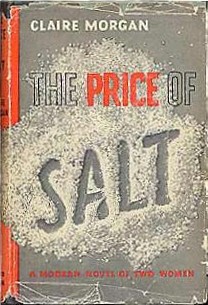
The Price of Salt is a 1952 romance novel by Patricia Highsmith, first published under the pseudonym "Claire Morgan." Highsmith—known as a suspense writer based on her psychological thriller Strangers on a Train—used an alias as she did not want to be tagged as "a lesbian-book writer", and she also used her own life references for characters and occurrences in the story.
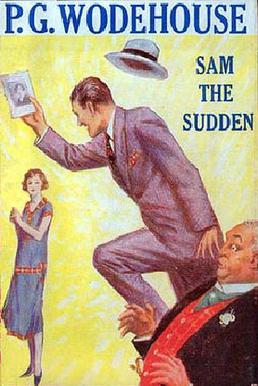
Sam the Sudden is a novel by P. G. Wodehouse, first published in the United Kingdom on 15 October 1925 by Methuen, London, and in the United States on 6 November 1925 by George H. Doran, New York, under the title Sam in the Suburbs. The story had previously been serialised under that title in the Saturday Evening Post from 13 June to 18 July 1925.
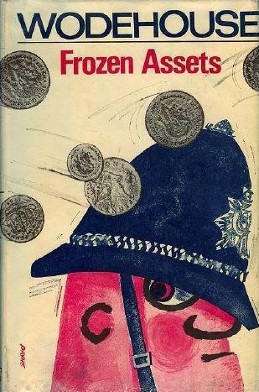
Frozen Assets is a novel by P. G. Wodehouse, first published in the United States on 14 July 1964 by Simon & Schuster, Inc., New York under the title Biffen's Millions, and in the United Kingdom on 14 August 1964 by Herbert Jenkins, London.

Deep Water is a psychological thriller novel by Patricia Highsmith, first published in 1957 by Harper & Brothers. It is Highsmith's fifth published novel, the working title originally being The Dog in the Manger. It was brought back into print in the United States in 2003 by W. W. Norton & Company.

Things Not Seen is a first-person novel written by Andrew Clements and his third novel after Frindle and The Landry News. The title is apparently taken from Hebrews 11:1, "Now faith is the substance of things hoped for, the evidence of things not seen" in the King James Version of the Bible. The book was originally released in 2002 by Philomel Books, an imprint of Penguin Group, but was re-released in 2006 as a platinum edition by Puffin. The platinum edition includes a short interview with Andrew Clements and a redesigned cover.

Heidi "Pepper" Steiger is a fictional character from the Australian soap opera Neighbours, played by Nicky Whelan. The character was introduced into the serial as part of a group of four characters branded as "20 somethings". She made her debut in the episode broadcast on 12 October 2006. Pepper left the soap on 1 November 2007 after Whelan quit her contract. During her stint in the serial Pepper was involved in notable storylines including a same-sex kiss, a hostage situation and cervical dysplasia.

The Queen and I is a 1992 novel and play written by Sue Townsend, a fictional best-selling political satire revolving round the topic of republicanism in the United Kingdom.

London Belongs to Me is a British film released in 1948, directed by Sidney Gilliat, and starring Richard Attenborough and Alastair Sim. It was based on the novel London Belongs to Me by Norman Collins, which was also the basis for a seven-part series made by Thames Television shown in 1977.

The Cry of the Owl is a psychological thriller novel by Patricia Highsmith, the eighth of her 22 novels. It was first published in the US in 1962 by Harper & Row and in the UK by Heinemann the following year. It explores, in the phrase of critic Brigid Brophy, "the psychology of the self-selected victim".
Christiana Edmunds was an English murderer, popularly known as the "Chocolate Cream Killer", who carried out a series of poisonings in Brighton during the early 1870s. Edmunds purchased confectionery from a local shop and laced the sweets with strychnine before returning them to be sold to unsuspecting members of the public. Her actions resulted in several people becoming seriously ill, and at least 30 deaths. Arrested and put on trial, Edmunds was initially sentenced to death. However, this was later commuted to life imprisonment. She spent the rest of her life at the Broadmoor Criminal Lunatic Asylum, dying there in 1907.
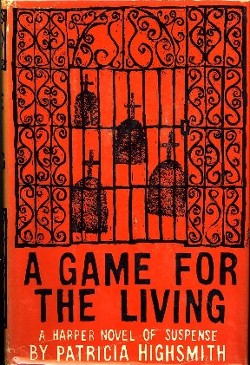
A Game for the Living (1958) is a psychological thriller novel by Patricia Highsmith. It is the sixth of her 22 novels and the only one set in Mexico.
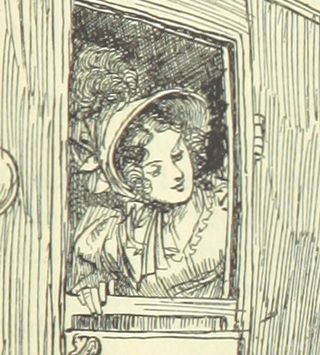
Emma Woodhouse is the 21-year-old titular protagonist of Jane Austen's 1815 novel Emma. She is described in the novel's opening sentence as "handsome, clever, and rich, with a comfortable home and a happy disposition... and had lived nearly twenty-one years in the world with very little to distress or vex her." Jane Austen, while writing the novel, called Emma, "a heroine whom no-one but myself will much like."
Blood Relatives is a 1978 Canadian-French mystery film directed by Claude Chabrol from a screenplay that he and Sydney Banks adapted from the 1975 novel of the same name by Ed McBain. Set in Montreal, Canada, it involves the brutal murder of a teenage girl and the subsequent investigation led by Donald Sutherland as Steve Carella, the lead character of McBain's 87th Precinct series. Blood Relatives was filmed under a policy that allowed full tax deferment to foreign produced films if they reflected a specific portrait of Canada. For this reason, the novel's setting of a thinly-veiled New York City is changed to Montreal. Filmmaker Akira Kurosawa called Chabrol a "pretty skillful director" and this film "the best of all Ed McBain adaptations".

Small g: a Summer Idyll (1995) is the final novel by American writer Patricia Highsmith. It was published in the United Kingdom by Bloomsbury a month after her death, after first being rejected by Knopf, her usual publisher, months earlier. It was published in the United States by W. W. Norton in 2004.
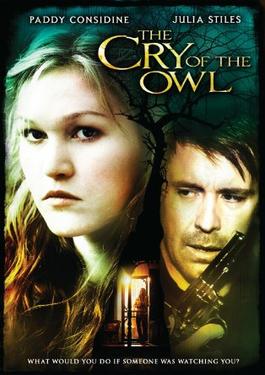
The Cry of the Owl is a 2009 thriller film based on Patricia Highsmith's 1962 book of the same name, and was directed by Jamie Thraves. It stars Paddy Considine, Julia Stiles, and Karl Pruner. This is the third filming of the book after the 1987 French film adaptation by Claude Chabrol and a German TV adaptation titled Der Schrei der Eule also from 1987. After Robert Forrester is caught by Jenny Thierolf, the girl he has been spying on, he becomes the victim of her manipulative advances. The disappearance of Jenny's fiancé Greg after a fight with Robert marks the beginning of a series of dangerous and ultimately fatal incidents.
